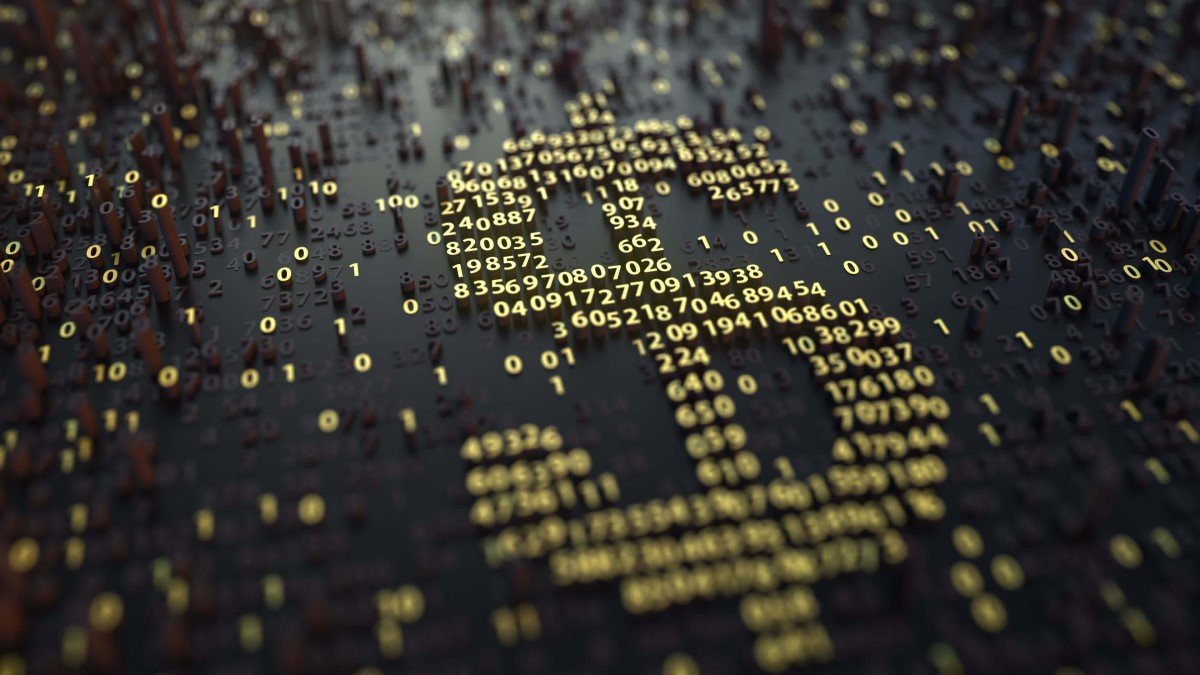Let us check the market. The markets lost to United States politics and Federal Reserve. Traders welcome talks of China and the United States for postponement. Nevertheless, uncertainty looms over everything.
The Aussie is risk-sensitive. As a result, the Australian dollar inched up to a three-session high of $0.7194. Nevertheless, it remained contained in the channel it has traded in for a week.
Rodrigo Catril is a senior foreign-exchange strategist. He works in the national Australian Bank. Catril said that this is good news in the sense that it is something they may place on the back burner for now.
Moreover, he added that other uncertainties have come up that need to be resolved. He pointed to United States politics as the presidential election looms.
The rupiah and the won, and other Asian currencies, edged lower. Meanwhile, the kiwi remained flat at $0.6534 because of last week’s dovish language from the central bank.
Against a basket of currencies, the US traded under gentle pressure at 93.039 on Monday. So, it was roughly in the middle of the range it has held after it had hit a two-year low at the end of July.
United States
The yen decreased last week, as a jump in US yields drew Japanese investment to United States Treasuries. It remained steady at 106.54.
China and the US postponed a Saturday review of the first phase of their trade deal.
The dollar is between the pressures of worries about the lagging United States economic recovery and support from rising bond yields and US safe-harbor demand. So, the United States dollar started on Monday where it left off last week.
Because of the postponement of the United States-China trade deal review, the resulting uncertainty muted a boost to sentiment. That was ahead of a week that includes Democrats convention and Federal Reserve minutes, which the deal intact.
This is leading news of the market.














